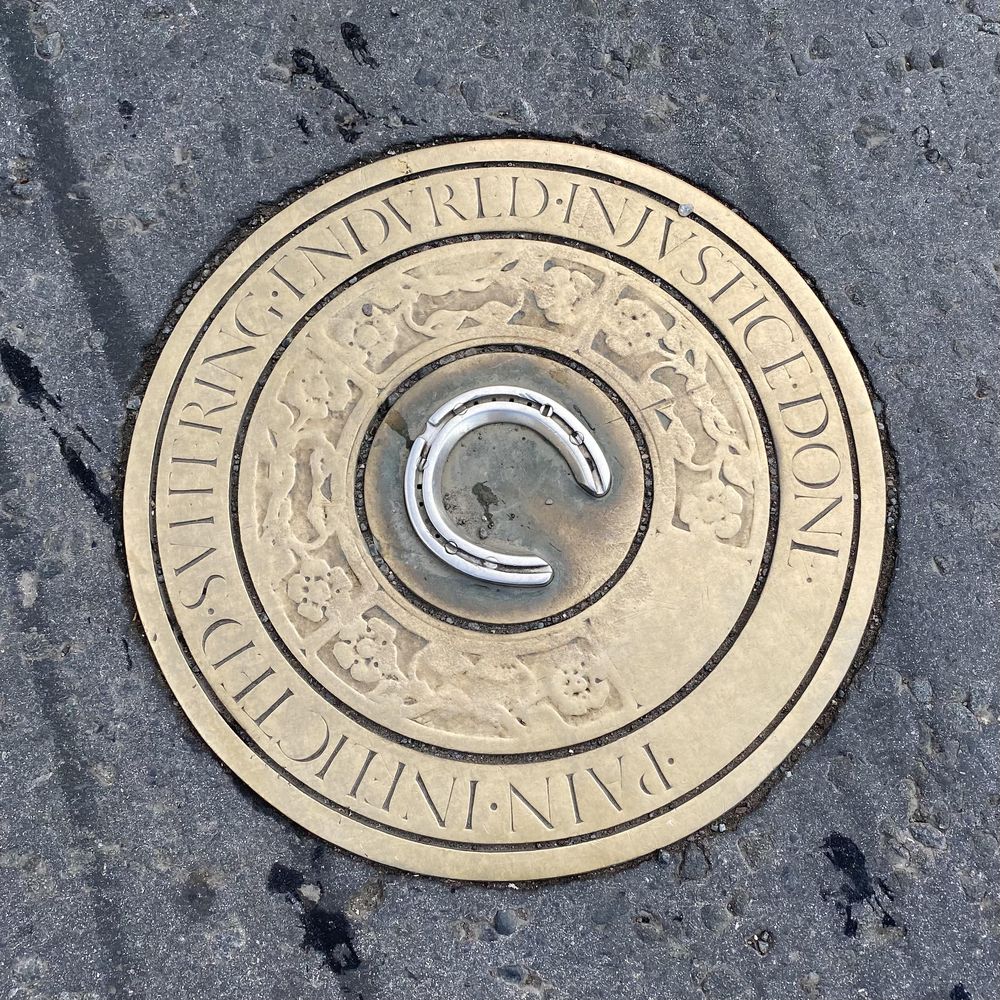Four years after the events in Salem in Massachusetts, the United States, that saw the execution of nineteen innocent victims charged with witchcraft, one of the last witch trials of western Europe began in a town called Paisley, near Glasgow in Renfrewshire, central Scotland.
It started with Christian Shaw, the eleven-year-old daughter of the wealthy landowner named John Shaw of Bargarran, accusing Catherine Campbell of witchcraft. Several weeks earlier, Christian had caught Catherine, who was one of her family servants, stealing a drink of milk. When Christian reported the incident to her mother and was duly reprimanded for the theft, Catherine flew into a rage and cursed Christian wishing that the Devil would “haul her soul through Hell.”
Shocked by Catherine’s words, the god-fearing Christian actually took ill with violent seizure and convulsions much like those described in the Salem witch trials a couple of years before. Contemporary records describe her fits as strange, “sometimes blind, sometimes deaf and dumb, the several parts of her body sometimes violently extended, and other times as violently contracted.” After eight weeks of suffering, Christian was taken to the eminent Glasgow physician Matthew Brisbane, who could find no cause for her symptoms. For a while, her symptoms abated and the girl appeared to recover, but ten days later “the fits returned with increased violence. She would become as stiff as a corpse and be senseless and motionless.” This time, Christian began to pull out balls of hair from her mouth and vomited up all sorts of trash including straw, coal, gravel, egg shells, bones and chicken feathers. She was also reported to have spit out lumps of coal cinders the size of a chestnut and too hot to touch. At times she appeared to converse to an invisible Catherine Campbell, pleading for a return to their former friendship.
It became clear to the doctor and the local parish minister that the child was possessed, a common affliction in Europe at that time. Tens of thousands of people, women mostly, were executed in the 16th and 17th centuries for witchcraft across Europe; 4,000 in Scotland alone. “There was a time when fear and hatred of magic and its practitioners reached such a fever pitch that hundreds of men and women were hunted down and made to suffer terribly for alleged crimes of witchcraft,” explains Scottish author Lily Seafield. “During the sixteenth and seventeenth centuries, the skies over many Scottish towns frequently clouded over with smoke from the fires that sent these people to their deaths.”
Gallow Green, the place where the witches were hanged. Photo: Paisley Scotland/Flickr
Upon questioning, Christian began naming her tormenters. Initially she identified only Catherine Campbell and Agnes Naismith, but as time wore on she implicated others, and eventually 35 were accused. Of these, seven people were summoned to appear before a commission in Paisley. Despite their protests, all seven were found guilty of witchcraft and were condemned to die. One of those convicted, James Reid committed suicide by hanging himself in his prison cell, using his handkerchief attached to a nail in the wall. The remaining six were hanged and then burned on the Gallow Green in Paisley on 10 June 1697. It was the last mass execution for witchcraft in western Europe.
The execution itself was harrowing. One account states that some of the condemned were still alive when their bodies were burned, and that the executioners borrowed a walking stick from an onlooker with which to push their victims' moving limbs back into the fire. Its owner refused to take it back after it had been in contact with witches.
One of the women, Agnes Naismith, was said to laid a dying curse on all the townspeople present, and their descendants. In order to keep her curse at bay, the witches' mass grave was sealed with a horseshoe, and a legend grew up that Paisley would suffer, if the horseshow was ever disturbed.
Nonetheless, Agnes’ curse was blamed for every accident and tragedy that befell Paisley, including a fire in 1810 that killed eighty-five people. In the 1960s, during road works, the horseshoe was lifted and immediately after, Paisley went into an economic decline.
Photo: unknown
Shortly after the trial in 1697, the former Scottish Secretary of State James Johnstone observed that “the parliaments of France and other judicatories who are persuaded of the being of witches never try them now because of the experience they have had that it's impossible to distinguish possession from nature in disorder.” By then, witch trials were already on the decline. The last execution took place in 1706; the last trial in 1727 and was of questionable legality. In 1736, the British parliament repealed the Witchcraft Act 1563 making the legal pursuit of witches impossible. Nevertheless, basic magical beliefs persisted, particularly in the Highlands and Islands.
And what became of the accuser Christian Shaw? Well, she recovered and went on to become a successful business women within the mill industry. After the death of her husband, Christian went on a tour to The Netherlands with her mother to observe the Dutch spinning techniques. Christian sketched the thread production process that she saw, and is said to have smuggled some associated machinery back to Scotland in her luggage. With these she began new production methods resulted in a more durable whiter thread, and Shaw established a small thread manufacturing company, "The Bargarran Thread Company", in Johnstone on her return. Her Bargarran trademark thread became a mark of quality, and others in the area began to emulate her techniques, starting an industry in which Paisley once dominated the world, and which shaped the town's history. The last known record of Shaw is her marriage in February 1737 to William Livingstone, a prosperous Edinburgh businessman.















So frustrating that as usual the accuser, in this instance Christian Shaw, gets away unscathed to prosper and live a seemingly happy life of wealth. Her lies led to so much suffering and death. If Agnes Naismith actually had the ability to curse people Shaw would have been the first to fall.
ReplyDelete